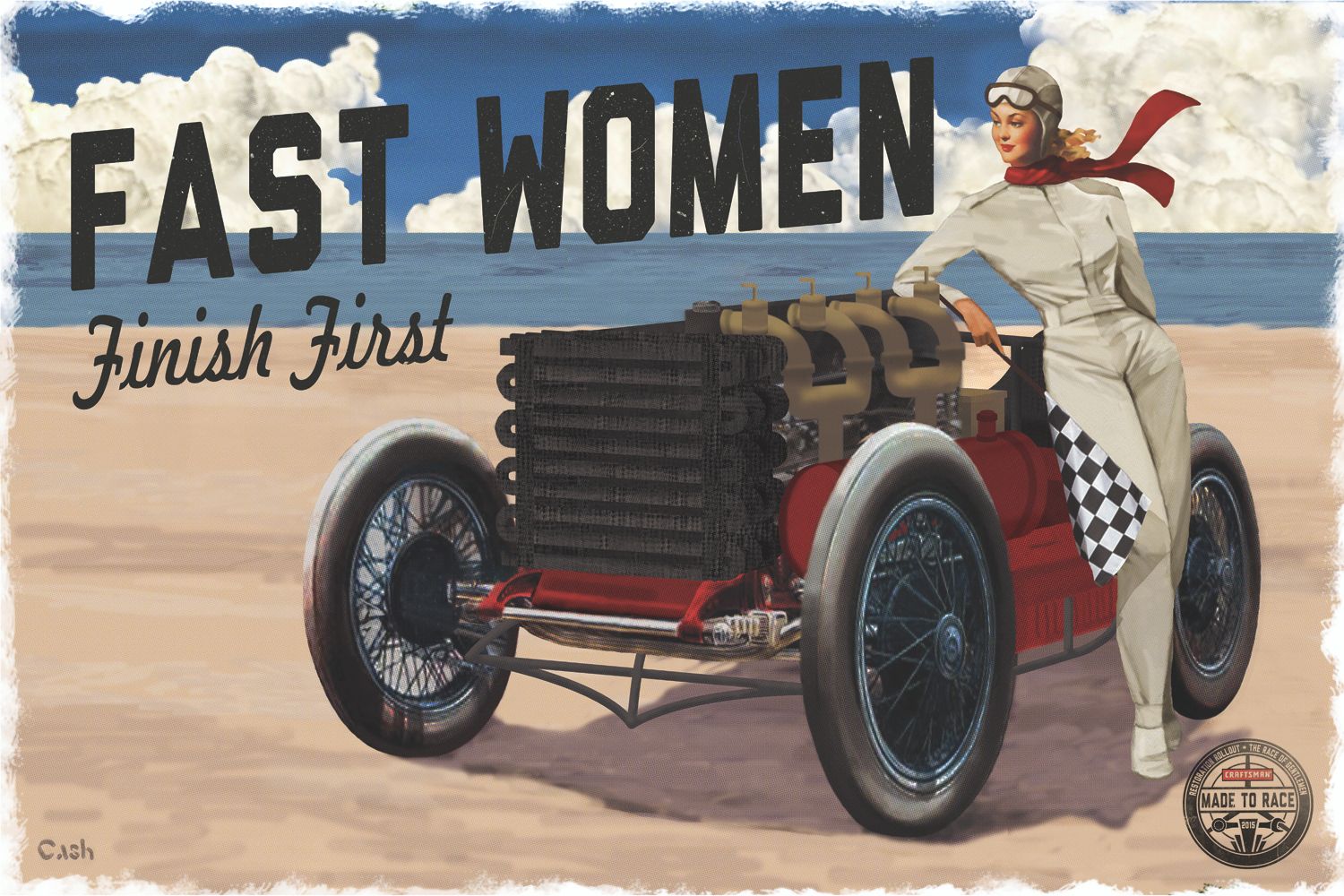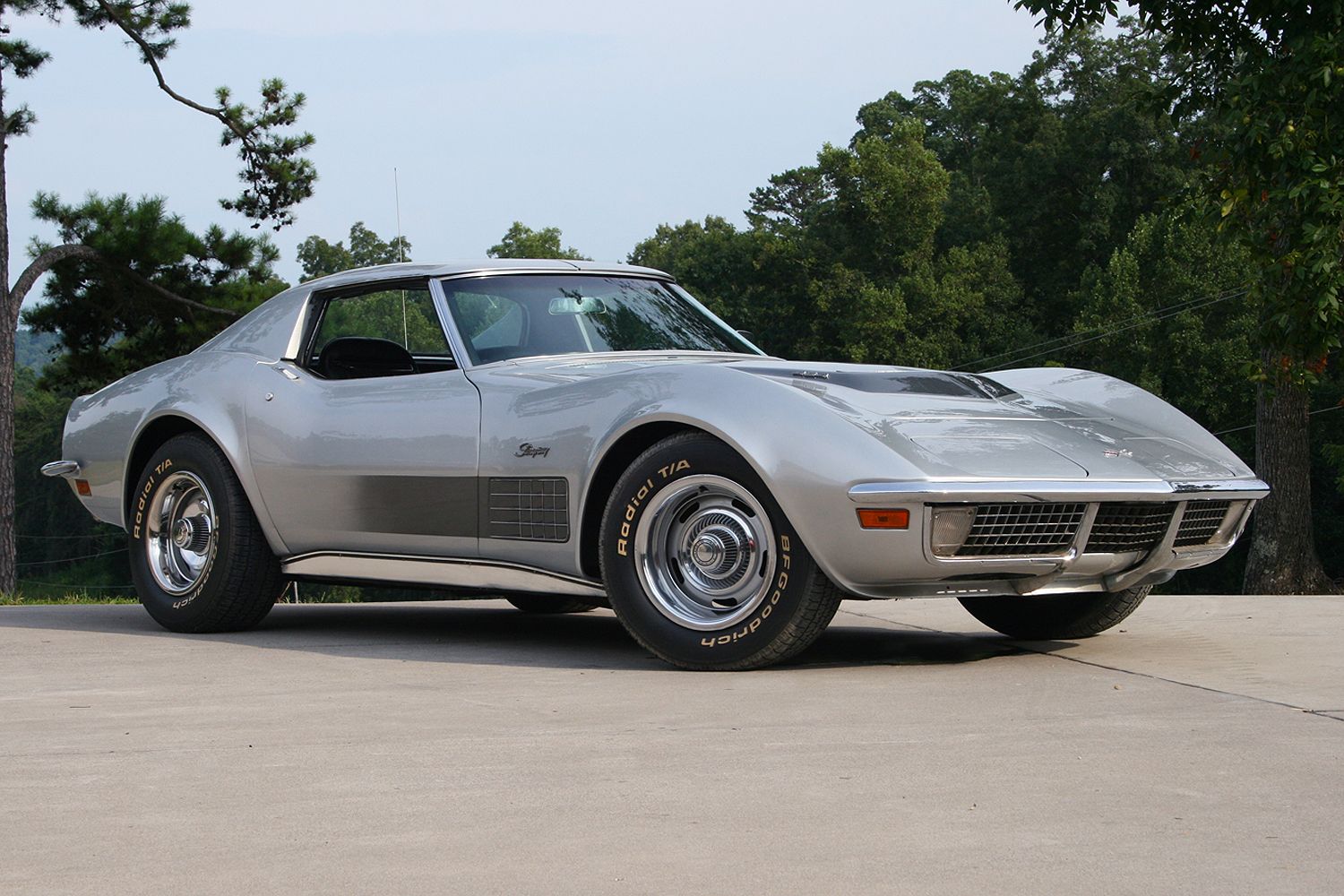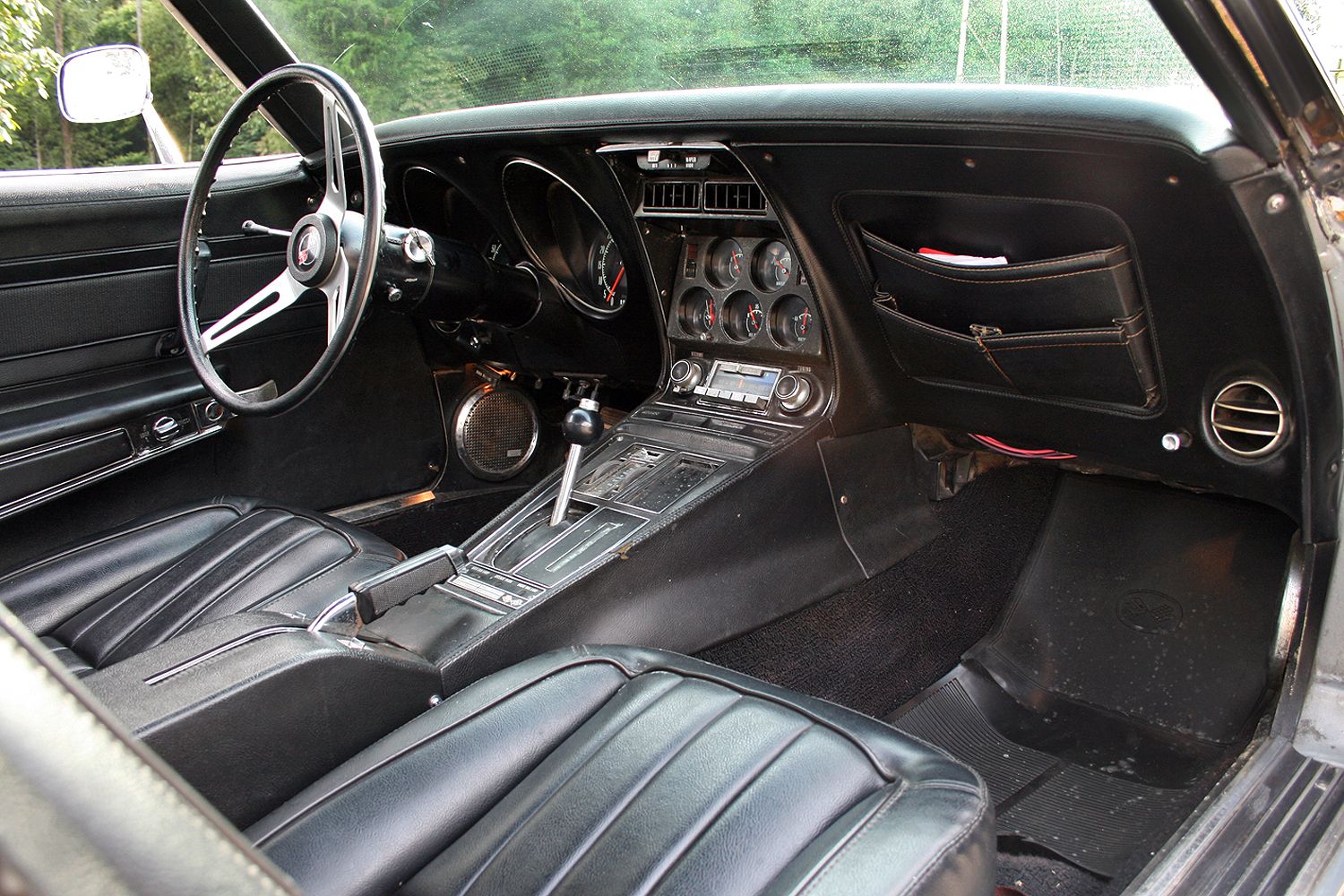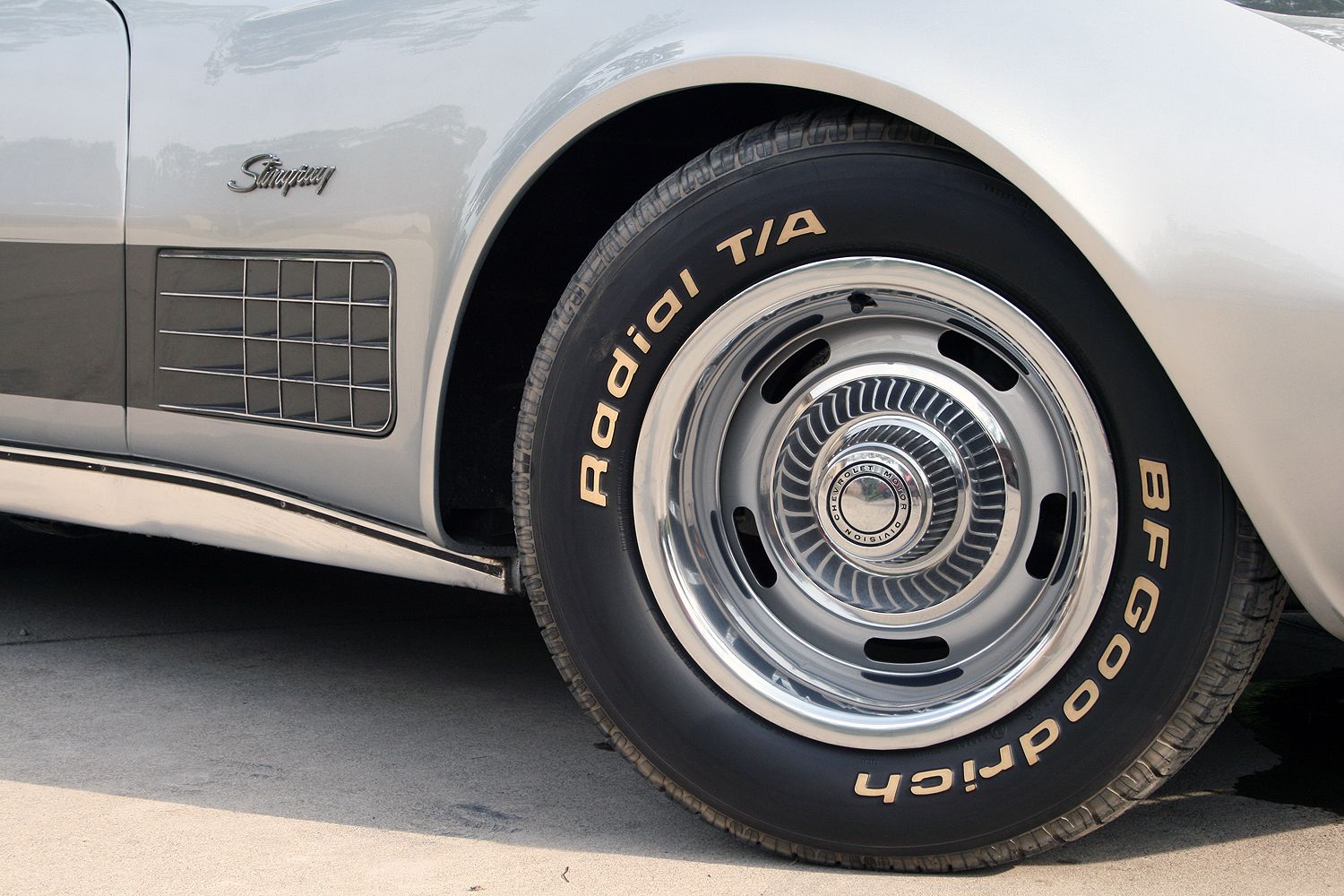The Race of Gentlemen might not be a racing->ke447 event you’ve heard about given its young age, but it certainly doesn’t lack history. Taking place on the sands of Wildwood, New Jersey, folks come from across the country to compete in a drag race in custom-built racecars->ke148 and motorcycles that date back to the first half of the 20th century.
Established in 2012 by the Oilers Car Club – a group steeped in just as much history – the race features cars no newer than 1935 and motorcycles no newer than 1948. Even the parts allowed on competing cars are capped at 1953, giving the growing event a very eclectic and period-correct feel. Think of it like a modern day version of a Bonneville Salt Flat race.
Despite the modern times, no woman has ever competed in a TROG race – until now. Set to race in this October is gearhead Jessi Combs. Her records speak volumes about her mindset and passion in the automotive world. She’s the fastest woman recorded on four wheels, accomplished TV show host, and graduate of WyoTech’s collision and Refinishing Core Program. Jessi will lead an all-women’s team sponsored by Craftsman at this year’s TROG. Their vehicle of choice is a Ford Model T that takes inspiration from the famed Ford 999 racer.
Best of all, Craftsman giving away two tickets for TROG, including travel and accommodations, for this year's event taking place October 2-4, 2015. The winner and his friend will get a ride in the Craftsman racer, along with time in the pits with Jessi and the Craftsman Crew, including dinner and a professional photo for posterity. In order to win, you’ve got to join the Craftsman Club (here) where members can enter daily to win (here).
Beyond having a chance to win, joining the Craftsman Club offers members deep discounts on Craftsman products and access to Craftsman’s online how-to forum where folks can ask questions and show off their handiwork. Club members often share stories like mine below and grab advice while showing some pride in their work.
Reviving Family Muscle
The last time I escaped the clutches of my desk and put my fingers around a wrench was on a recent vacation to visit family. It was there, in the rolling hills of East Tennessee that I was most recently under a classic car – although not nearly as old as Craftsman’s Ford racer.
My father owns a 1971 Corvette->ke1280 Stingray coupe with the LS5 454 cubic-inch V-8 and three-speed automatic transmission. The car has always been his weekend toy for as long as I can remember, having been rescued from a junkyard in the early 1980s with front-end damage and a terrible “DiscoVette” paintjob. A long restoration process had the car looking like new and the Vette became a member of the family. However, dad’s busy schedule has kept him from the car for the last few years, with the occasional run around the block, but no regular use.
Thankfully dad’s desire to get behind the wheel again came to fruition last time I was in town for a visit. But the Vette had set idle for nearly a year since its last crank. There were things to do before turning the key.
First was getting the battery recharged. A slow overnight charge gave the relatively new battery renewed life. Of course, after a year of setting, the fluids in the car were in serious need of attention. The coolant was in good shape, but the power steering fluid and brake fluid needed topping off. A sniff of the engine oil suggested gasoline has been seeping from the Holley 750 carburetor down past the piston rings and settling in the oil sump.
Five quarts of fresh oil and a new filter later, the engine was ready to start. The battery was reconnected and the key was ready to turn. The aftermarket high-torque starter motor roared to life, turning the big block Chevy->ke199 over at a constant pace. Second go by with no sign of life. We knew the gasoline in the tank was old, but should still have been fresh enough to fire the engine. Removing the air cleaner allowed us to prime the carb with fresh gas.
A second try proved the engine just needed fuel. The 454 thundered to life for 30 seconds or so before sputtering out. The fuel in the tank still hadn’t reached the carb. Another shot of gas in the carb and the car started effortlessly. This time the engine kept running, albeit a bit rougher than a finely tuned Chevy should.
The dashboard’s gauges showed all was well except for the oil pressure. It refused to climb. A check of the valves proved oil was indeed circulating. A few diagnostic trials later, the problem was narrowed down to the oil sending unit. Sadly my time was short and my vacation over. Hopefully next time I’m back home, we’ll have a chance to finish the job.





